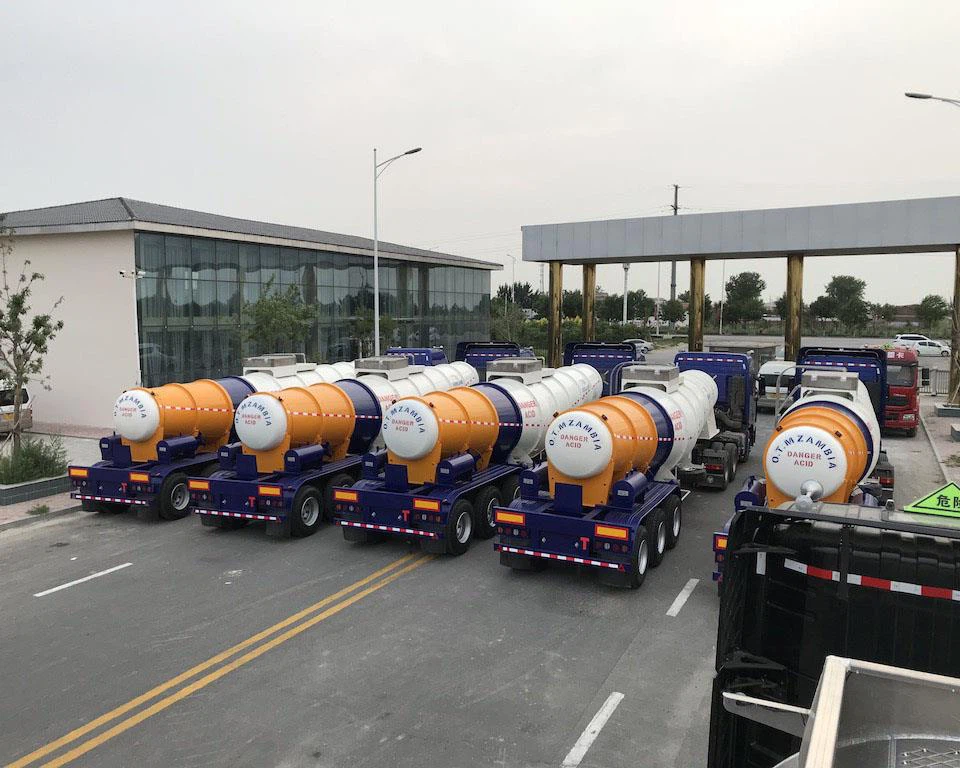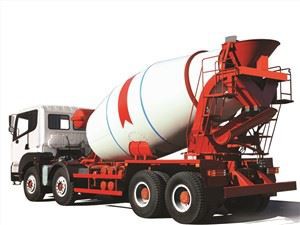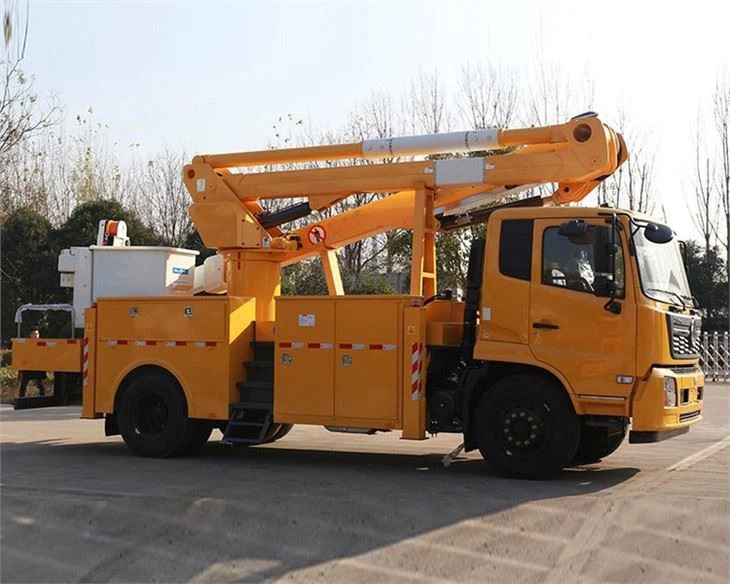LPG vs LNG: Understanding the Key Differences

Introduction
Liquefied Petroleum Gas (LPG) and Liquefied Natural Gas (LNG) are two types of fuel that have gained immense popularity in various industries, including residential heating, transportation, and power generation. Despite both being used as energy sources, they are fundamentally different in composition, properties, storage, and applications. In this article, we will explore the LPG and LNG differences in depth, providing a clear understanding of their characteristics, advantages, and practical uses. This knowledge will help consumers and industries make informed choices regarding their energy needs.
What is LPG?

Liquefied Petroleum Gas (LPG) is a mixture of hydrocarbons, primarily consisting of propane and butane. It is produced through natural gas processing and petroleum refining.
Composition of LPG
The main components of LPG are:
- Propane (C3H8)
- Butane (C4H10)
In some cases, a small amount of other hydrocarbons may be present, but propane and butane dominate.
Common Uses of LPG
LPG is versatile and can be used in various applications, such as:
- Residential heating and cooking
- Commercial heating
- Automotive fuel for vehicles
- Industrial processes and manufacturing
- Agricultural applications, such as crop drying
Storage and Handling of LPG
LPG is stored in pressurized cylinders or tanks. The pressure keeps the gas in a liquid state, making it easier to transport and store. Handling LPG requires specific safety measures due to its flammability.
What is LNG?
Liquefied Natural Gas (LNG) is primarily composed of methane (CH4) and is produced when natural gas is cooled to -162°C (-260°F), which turns it into a liquid.
Composition of LNG
The main component of LNG is methane, but it may also contain smaller amounts of other hydrocarbons and impurities, such as:
- Ethane
- Propane
- Butane
- Nitrogen
Common Uses of LNG
LNG is used primarily for:
- Power generation
- Transporting energy over long distances
- Industrial feedstock
- Heating in residential and commercial sectors

Storage and Handling of LNG
LNG is stored in specially designed cryogenic tanks that maintain low temperatures to keep the gas in liquid form. Unlike LPG, LNG is not stored under pressure, but it requires rigorous safety standards because it is highly flammable when vaporized.
Key Differences Between LPG and LNG
1. Composition
The major difference lies in the chemical composition:
| Feature | LPG | LNG |
|---|---|---|
| Main Component | Propane and Butane | Methane |
2. Production Process
LPG is derived from fossil fuels (natural gas processing and petroleum refining), while LNG is specifically natural gas cooled to a liquid state.
3. Energy Density
LPG contains a higher energy density compared to LNG. This means LPG can provide more energy per unit volume than LNG, making it a preferred choice for certain applications.
4. Temperature and Storage
The storage temperatures also diverge. LPG is stored at pressures that keep it in liquid form, while LNG is stored at extremely low temperatures but under atmospheric pressure.
5. Environmental Impact
Both LPG and LNG are considered cleaner fuels compared to other fossil fuels, but LNG has a lower carbon footprint due to its higher efficiency and lower emissions when combusted.
6. Application Scope
LPG is typically utilized in residential heating and cooking, while LNG is preferred for large-scale industrial applications and long-distance energy transport.
Practical Examples of LPG and LNG Usage
Example of LPG Use: Home Heating
Many homes, especially in rural areas, rely on LPG for heating and cooking. For instance, a home with an LPG system may use gas cylinders or a bulk storage tank to supply energy for stoves, heaters, and hot water systems.
Example of LNG Use: Power Generation
Natural gas-fired power plants often use LNG as fuel to generate electricity. The ability to transport LNG over long distances via ship means power plants can source their fuel from regions with abundant natural gas reserves, such as Qatar or the United States.
Advantages and Disadvantages of LPG and LNG
Advantages of LPG
- Higher energy density
- Easy storage and handling in various forms
- Widely available and used across many applications
Disadvantages of LPG

- Higher greenhouse gas emissions compared to LNG
- Flammable, requiring careful handling
Advantages of LNG
- Lower emissions and environmental impact
- More efficient for large-scale energy transport
- Can be used in specific applications like marine transport
Disadvantages of LNG
- Requires complex and expensive cryogenic storage systems
- Limited availability in certain regions
Choosing Between LPG and LNG
When deciding between LPG and LNG, consider the following factors:
- Application needs: Determine your specific energy needs (residential, industrial, etc.).
- Availability: Assess which energy source is more accessible in your location.
- Environmental considerations: Evaluate the environmental impact of both options.
Safety Measures for LPG and LNG
Safety Precautions for LPG
- Regularly inspect and maintain storage tanks and cylinders.
- Ensure proper ventilation in areas using LPG.
- Install gas detectors to alert for leaks.
Safety Precautions for LNG
- Employ trained professionals for handling and transferring LNG.
- Follow strict safety protocols for cryogenic storage.
- Ensure emergency response plans are in place.
FAQs
What is the primary difference between LPG and LNG?
The primary difference is in their chemical composition: LPG consists mainly of propane and butane, while LNG is primarily methane.
Is LPG or LNG more environmentally friendly?
LNG is generally more environmentally friendly due to its lower greenhouse gas emissions when burned, compared to LPG.
How are LPG and LNG stored?
LPG is stored in pressurized cylinders or tanks, while LNG is stored in insulated cryogenic tanks at very low temperatures.
Can LPG and LNG be used interchangeably?
No, LPG and LNG cannot be used interchangeably due to their differing compositions and properties. Each has specific applications suited to its characteristics.
What are the safety concerns associated with LPG and LNG?
Both fuels are flammable and require careful handling. LPG poses risks of explosion and burns if leaked, while LNG requires special precautions due to its cryogenic nature and potential for rapid vaporization in case of leaks.
How can I determine which fuel is right for my needs?
Assess your energy requirements, check the availability of LPG or LNG in your area, and consider environmental impacts before making a decision.
